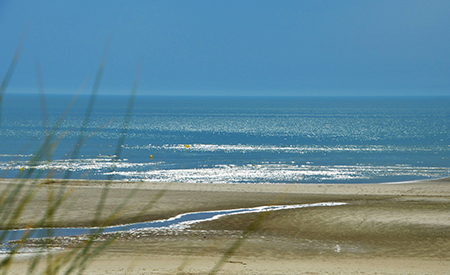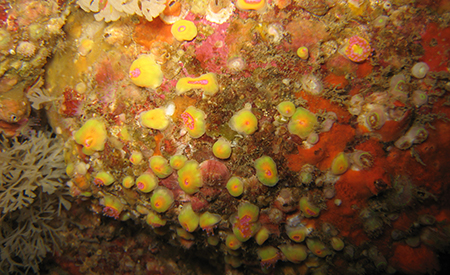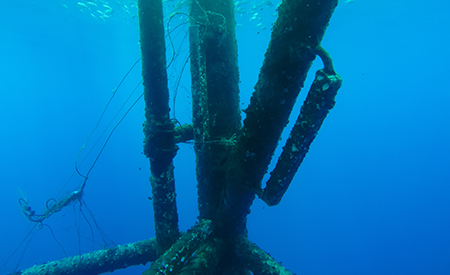Biofouling
Type of resources
Available actions
Topics
Keywords
Contact for the resource
Provided by
Formats
status
-

This report presents the analysis of the effects of climate change on the spatial distribution of different marine species frequenting the study site called Baie de Seine étendue using ecological niche models
-

This paper presents the assessment of potential impacts of changes in species distribution by climate change on the extended Seine Bay ecosystem.
-

This document extensively reviews the key offshore logistics operations driving the development of an array of wave or tidal energy devices. A large amount of information with relevance for the development of the DTOcean lifecycle logistics module was compiled in a systematic approach.
-

Backup of the data used for characterising the different biofouling monitoring protocols in an excel file.
-

Spatial study and sensitivity of network indices to wind farm closure and climate disruption using an Ecospace model
-

Measurement of the diameter of biocolonised moorings and biofouling composition at T+6 months of immersion.
-

To reduce the number of interventions and maintenance operations, it is necessary to monitor the proliferation of marine fouling in real time and over a long period. This is why it is necessary to have an in situ optical video system that is protected for as long as possible against biocolonisation.
-

This report outlines the proposed architecture and main functions of the DTOcean mooring and foundation design module and its interaction with other elements and modules of the tool
-

This paper presents a first framework for OSPAR Regional Sea Convention food web indicators based on ENA. These are presented here focusing on their applicability and what is needed for implementation, illustrating their potential use by case studies.
-

Conclusion and recommendation report resulting from the results of the ANODE project and published by FEM editions
 Catalogue PIGMA
Catalogue PIGMA